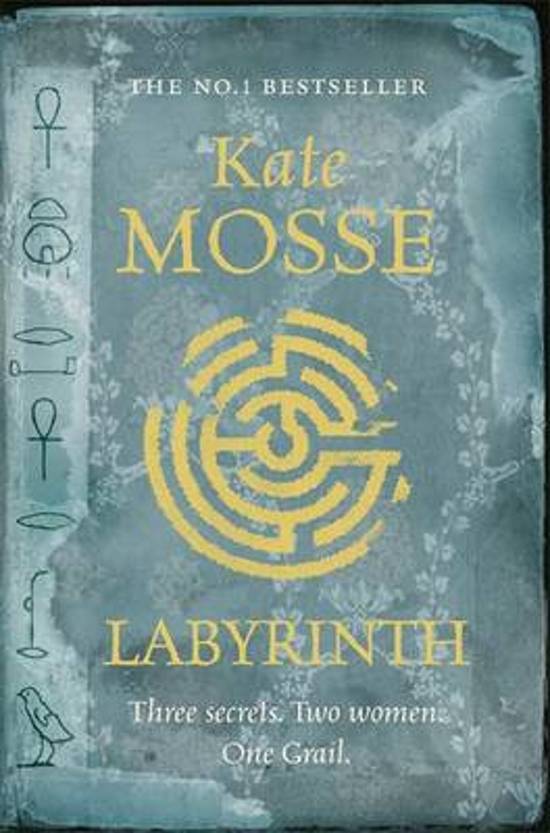


Though not all of the characters are memorable, I am not likely to forget the courage and bravery they symbolized. And there are a lot of characters, making it a bit difficult to follow at times, especially at first, but that’s to be expected in a detailed story about a Resistance network. Mosse’s descriptions of the town emphasize its age and its beauty and make it come to life in readers’ minds.Ĭitadel started off slow, but that helped in a way to further the character development. It certainly helps to give readers a sense of the lengthy history of the town, and in a sense, Carcassonne itself was a leading character. The story of the monk may not have been necessary, but it was interesting to see how Mosse connected it to events occurring more than a thousand years later, with a supernatural aspect that goes beyond the typical wartime story of resistance. Interwoven with the fictionalized story of these courageous women, led by 18-year-old Sandrine Vidal, is the story of a 4th century monk seeking refuge in the town, carrying with him a Codex the Church wanted destroyed to stifle the power of its words. Mosse was inspired by a plaque commemorating the deaths of several Resistance members, including two unknown women, who were executed by the fleeing Nazis at Baudrigues in August 1944.

Much of the book takes place during World War II, specifically 1942-1944, and centers on a network of female Resistance fighters. The novel is set in the fortified town of Carcassonne in southern France. However, there is one character that makes an appearance in all three novels, and the supernatural aspect of the story might best be understood by reading them in order. In fact, I have not read the previous installments ( Labyrinth and Sepulchre) and didn’t even realize it was part of a trilogy until it arrived in the mail, and I was able to follow it just fine. Boots and guns had replaced banners and horses, but the story was the same.Ĭitadel is the third book in Kate Mosse’s Languedoc trilogy, but it can be read as a standalone novel. The uniforms were different in each age, the battle colors under which they marched changing as the centuries marched on.


 0 kommentar(er)
0 kommentar(er)
